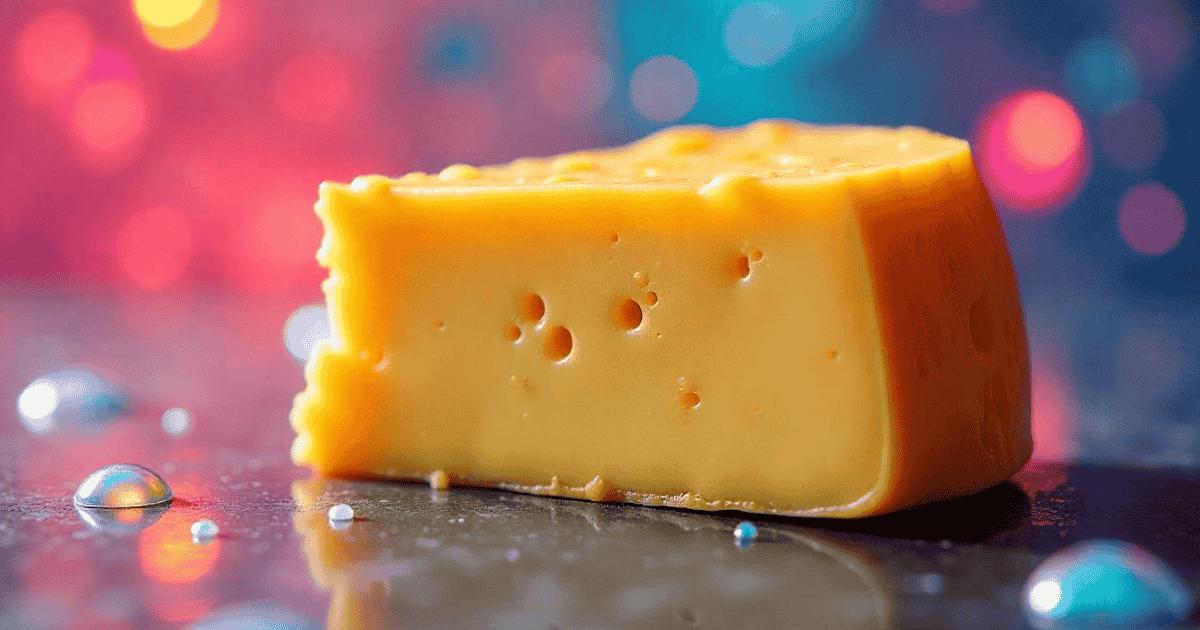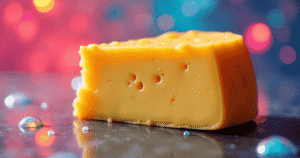All About Chinatown Hawker Leftovers Consumption
Hawker centers are an integral part of life in many Asian cities, and Chinatown is often their most vibrant embodiment. Rows of stalls serve mouthwatering dishes, sizzling with aromas that fill the air. Yet, amidst the culinary delights lies a topic often overlooked—hawker leftovers. “Chinatown hawker leftovers consumption” dives into an emerging conversation about sustainability, community, and the rethinking of our relationship with food waste.
We will explore the cultural context, the practicalities of leftover usage, and the wider implications for society. Whether you’re a food enthusiast, a sustainability advocate, or someone intrigued by cultural practices, this guide invites you to reflect on this unique aspect of food culture.
The Heart of Hawker Culture
Before unraveling the story behind leftovers consumption, it’s essential to understand what makes hawker centers so unique. These bustling communal spaces, particularly in Chinatown districts, are where tradition, flavor, and affordability converge. Hawker culture, with roots in Asian street food, has evolved into a cherished mode of dining that transcends social and economic barriers.
Each stall is a microcosm of artistic culinary heritage, passed down through generations. From steaming bowls of laksa to crispy char kway teow and silky smooth chicken rice, every dish presents a story. Yet, despite their delicious appeal, these stalls grapple with an unfortunate byproduct—surplus food.
The Problem of Leftovers
Consider the sheer volume of food prepared daily by hawker vendors. Many stalls cater to transient crowds, yet unpredictable demand often leaves them dealing with unsold food at the end of the day. These leftovers, although fresh by most standards, risk being discarded simply to comply with food safety regulations or perceived consumption habits. Chinatown, known for its iconic hawker foods, is no exception. Yet, a quiet movement surrounding the consumption of hawker leftovers is shedding light on an age-old dilemma.
Chinatown’s Perspective on Leftovers Consumption
Preserving Edible Treasure
For many, the concept of consuming hawker leftovers might raise eyebrows. But in the context of Chinatown, the practice intertwines with culture, resourcefulness, and necessity. Several groups, organizations, and even individuals are challenging the stigma surrounding leftovers.
Leftovers, in this context, do not imply food that’s inedible or compromised. For environmentally conscious diners, opting for leftovers is as much about reducing waste as celebrating the craftsmanship that goes into these dishes.
Who Consumes Hawker Leftovers?
Consumption of hawker leftovers is not a monolith—it spans a diverse demographic. While it aligns with sustainability-focused initiatives, it also caters to lower-income groups and, more surprisingly, urban food adventurers looking to redefine their culinary journeys. Chinatown, where food holds a treasured spot in cultural identity, serves as a microcosm for probing these varied motivations.
- Eco-Conscious Eaters
Many conscious diners support the use of surplus food to minimize environmental impact. By redistributing leftovers, these individuals actively participate in reducing food waste.
- Culinary Adventurers
For some, leftover consumption presents an opportunity to venture off the beaten path, sampling hawker delicacies in unique contexts.
Sustainability and Food Waste Reduction
One of the key reasons Chinatown hawker leftovers consumption is gaining attention is its potential to address issues of sustainability. Food waste is a global problem, with consumer and commercial waste accounting for significant environmental strain. According to studies, much of this discarded food is still safe to consume.
Hawker centers, given their large output, contribute to food waste while also offering a potential solution. By rediscovering practical, respectful use for surplus food, Chinatown hawker vendors and diners alike demonstrate how small changes can collectively make a big impact.
Collaboration for a Greener Future
Some communities have already adopted innovative approaches to managing hawker leftovers in Chinatown. For example:
- Donation Programs: Organizations rally Chinatown hawker stalls to donate unsold food to nearby shelters.
- Recycling Initiatives: Programs encourage stalls to convert unusable food into compost, reducing overall landfill contributions.
- Tech-Savvy Strategies
Apps now enable hawker centers to post surplus stock, offering users discounted rates on leftovers while avoiding waste. Here, technology meets tradition with promising results.
A Philosophical Shift Toward Food
Beyond practical concerns, the prominence of leftover consumption in Chinatown broadens our perspective on food ethics. It invites us to reconsider value—not just in financial terms but in the labor, resources, and artistry food represents. This emerging ethos challenges the take-make-dispose model in favor of one rooted in respect, sustainability, and balance.
Philosophers and environmental advocates alike argue that changing our mindset toward food consumption is not optional—it’s necessary. Hawker stalls, small as they may seem on a global scale, collectively contribute valuable lessons in stewardship.
Breaking Stigmas
A significant barrier to leftover consumption is perception. Many associate leftover food with lower quality or sanitation concerns. However, Chinatown’s grassroots initiatives are tackling these issues through awareness campaigns and transparency. Stories of conscientious practices dispel myths, replacing negativity with informed appreciation.
Building Community Spirit
This cultural shift goes beyond food—it fosters connection. By understanding the ripple effects of hawker vendors’ efforts and diners’ choices, an interwoven sense of responsibility emerges.
Challenges Facing Hawker Leftovers Consumption
While the concept holds immense promise, hurdles remain:
- Food Safety and Regulation
Strict food safety guidelines can make rehoming leftovers complicated. Keeping food within safe consumption windows while staying compliant is an evolving challenge.
- Public Perception
Changing mindsets regarding “secondhand” food requires effective storytelling and education.
- Hawker Business Pressures
Vendors already juggle thin profit margins; redistributing leftovers might entail logistical or financial burdens they cannot afford.
Despite these barriers, industry stakeholders seem increasingly committed to finding solutions that align ethics with sustainability.
How You Can Make a Difference
Whether you live near Chinatown or are inspired from afar, there are ways to engage. Explore apps that facilitate surplus food purchases, support businesses that prioritize sustainability, or champion local organizations engaged in leftover redistribution. On an individual level, consider reducing your food waste by being mindful of portion sizes and repurposing excess when dining at home.
For those visiting Chinatown, why not ask vendors about their surplus policies? Showing interest contributes to a cultural shift where open dialogue becomes part of the solution.
Chinatown’s Dining Legacy
Hawker culture in Chinatown isn’t just about consuming meals; it’s about celebrating identity, tradition, and resilience. Engaging with the conversation around leftovers consumption means aligning with these values while simultaneously pushing towards innovation and inclusivity.
The next time you find yourself in Chinatown, savor that dish not only for its flavor but for the story behind it—the labor, heritage, and now, the sustainability it represents. Together, we can turn what was once considered waste into an extension of this culturally rich tapestry.
Final Thoughts
Chinatown hawker leftovers consumption embodies an intriguing convergence of sustainability, community, and tradition. It invites us to rethink how we view food and our responsibility toward reducing waste while preserving culture. Whether through trying surplus apps or supporting local movements, every action contributes to a broader effort to transform food waste into meaningful opportunities.
The next time you hear the sizzling wok at a Chinatown hawker stall, consider the story behind every bite, right from preparation to how we choose to handle its conclusion. After all, food, much like culture, is too precious to waste.














Post Comment